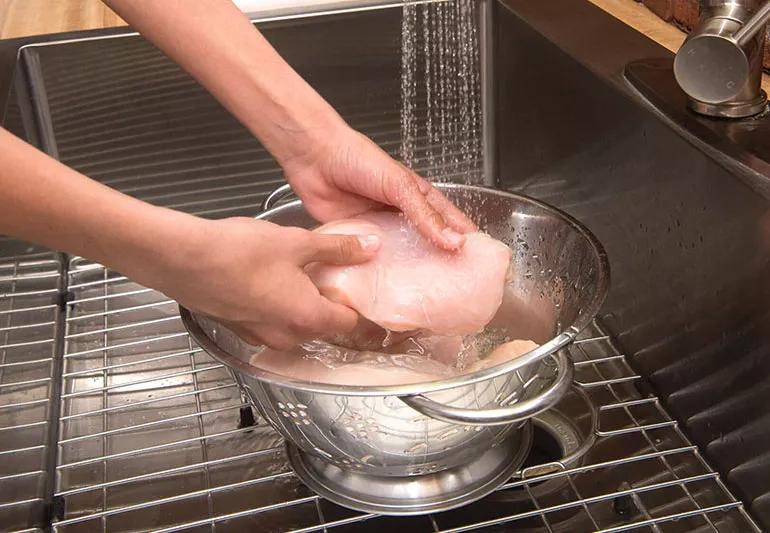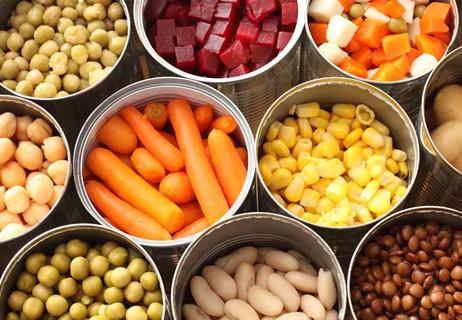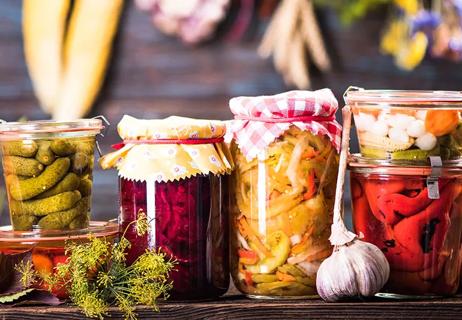Safety tips for preparing raw meats & other foods

Washing food before you eat it may sound like a good idea, but that’s not always true.
Advertisement
Cleveland Clinic is a non-profit academic medical center. Advertising on our site helps support our mission. We do not endorse non-Cleveland Clinic products or services. Policy
Registered dietitian Laura Jeffers, MEd, RD, LD gives these guidelines for food safety.
Advertisement
Advertisement
Learn more about our editorial process.
Advertisement

Extended outages lasting more than four hours can make food in your fridge unsafe to eat

Microwaves use non-ionizing radiation and haven’t been shown to cause cancer — follow food safety practices and use microwave-safe containers

Once perishable food hits the table, it’s typically good for about two hours

Color, texture, smell and expiration date all hold important clues

No! Be sure to put your leftovers in the fridge

Don’t let any turkey or stuffing go to waste this year!

Not all processed foods are bad, but the fewer the ingredients, the better

Check reviews, check labels and double check packaging

If you’re feeling short of breath, sleep can be tough — propping yourself up or sleeping on your side may help

If you fear the unknown or find yourself needing reassurance often, you may identify with this attachment style

If you’re looking to boost your gut health, it’s better to get fiber from whole foods